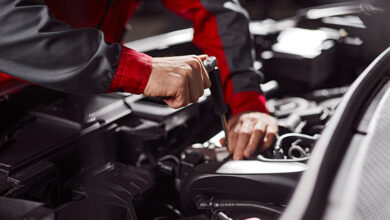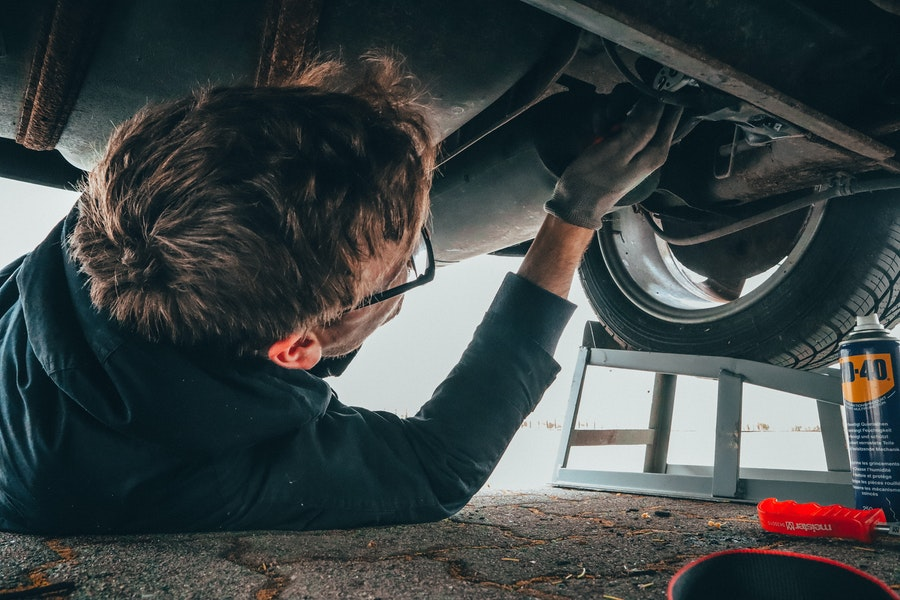Understanding Your Car’s Warning Lights: What They Mean and How to Respond

When driving, the dashboard warning lights in your car can be a source of confusion and anxiety. These lights serve an essential function: alerting you to potential issues with your vehicle before they become major problems. Knowing what these warning lights mean and how to respond can help you maintain your car’s health and prevent costly repairs down the road. In this article, we’ll break down the most common car warning lights and what you should do if they appear.

Why Car Warning Lights Matter
Car warning lights are part of your vehicle’s onboard diagnostic system. They signal a variety of issues, ranging from minor maintenance needs to serious mechanical failures. Understanding these lights helps you determine the severity of a problem and how urgently it needs to be addressed.
Typically, dashboard lights are color-coded:
- Red lights indicate a serious issue or safety concern that requires immediate attention.
- Yellow or Orange lights suggest caution and indicate a system that needs checking soon but isn’t an immediate danger.
- Green or Blue lights are informational, showing active systems such as high beams or cruise control.
Common Car Warning Lights and Their Meanings
- Check Engine Light
The check engine light is one of the most common and ambiguous warning lights. It can be triggered by various issues, ranging from a loose gas cap to serious engine problems.
- What to Do: If the light is steady, the issue may not be urgent, but you should have your car checked as soon as possible. If the light is flashing, this indicates a more severe problem that could lead to engine damage—stop driving and seek immediate professional assistance.
- Oil Pressure Warning Light
This light, often resembling an oil can, indicates low oil pressure, which means your engine is not getting sufficient lubrication.
- What to Do: Stop the vehicle as soon as it is safe to do so. Check the oil level, and if it’s low, add oil. If the light remains on or the oil level is fine, the problem could be more serious, such as an oil pump failure, and you’ll need to call a mechanic.
- Battery Warning Light
The battery warning light suggests an issue with your vehicle’s charging system, which could mean the battery isn’t being charged properly.
- What to Do: If this light comes on, it could indicate a dying battery, a faulty alternator, or other electrical system issues. You may have a limited amount of time before the car loses power, so head to a repair shop quickly to diagnose the problem.
- Brake Warning Light
A brake warning light can indicate multiple issues, including low brake fluid, a problem with the braking system, or that your parking brake is engaged.
- What to Do: First, check that the parking brake is fully released. If the light stays on, check the brake fluid levels. If they’re low or the light persists, have your braking system inspected immediately.
- Tire Pressure Monitoring System (TPMS) Light
This light, which looks like an exclamation mark inside a tire, warns you of low tire pressure.
- What to Do: Check the tire pressure in all your tires as soon as possible. Underinflated tires can affect handling and fuel efficiency and lead to tire failure. Inflate the tires to the recommended pressure level, which is usually listed on the driver’s door jamb.
- ABS Warning Light
The anti-lock braking system (ABS) light indicates a problem with the ABS, which prevents your wheels from locking up during braking.
- What to Do: While your regular brakes should still work, the ABS system may not function properly. Drive cautiously and get the system checked by a mechanic to ensure safe braking performance, especially in slippery conditions.
- Coolant Temperature Warning Light
This light, usually depicted as a thermometer or waves, indicates that the engine is overheating.
- What to Do: Pull over immediately and turn off the engine to prevent further damage. Let the engine cool down before checking the coolant level. If the coolant level is low, add more, but be cautious when opening the radiator cap as the system could still be pressurized. If the issue persists, seek professional help.
- Traction Control Warning Light
The traction control warning light indicates that the vehicle’s traction control system is activated, usually due to slippery road conditions.
- What to Do: This light is typically informational and should go off once the road conditions improve. If the light stays on without any apparent reason, it could indicate a fault in the traction control system that requires attention.
- Airbag Warning Light
The airbag warning light signals an issue with the airbag system, which means the airbags may not deploy properly in the event of an accident.
- What to Do: You should get this checked by a professional as soon as possible, as faulty airbags pose a significant safety risk.
How to Respond to Warning Lights
Immediate Action
For critical lights like the oil pressure warning, coolant temperature warning, or brake warning light, you should pull over and stop driving as soon as possible. Driving with these lights on can lead to severe engine or brake system damage, posing a safety risk.
Maintenance Alerts
For lights like the check engine light or tire pressure monitoring light, you should address the issue promptly, but it’s generally safe to drive the vehicle to a mechanic. These lights are often indicators of potential issues that need attention but are not immediate threats to your car’s operation.
Regular Monitoring
Some warning lights, like those related to traction control or ABS, may not require immediate action but should be addressed during your next service appointment. Always pay attention to how the car drives and check for unusual sounds or handling changes when warning lights are illuminated.
Conclusion
Understanding your car’s warning lights and knowing how to respond can prevent minor issues from turning into costly repairs and ensure your vehicle remains safe to drive. Regular maintenance, combined with an awareness of your dashboard alerts, will help keep your car in optimal condition. Always refer to your vehicle’s manual for specific light meanings and guidelines, and consult a professional when in doubt.




